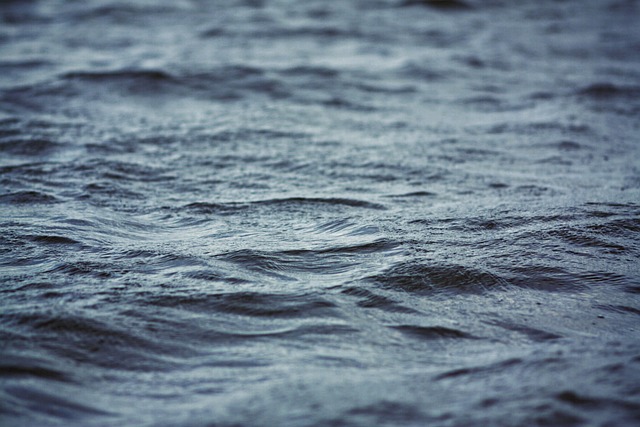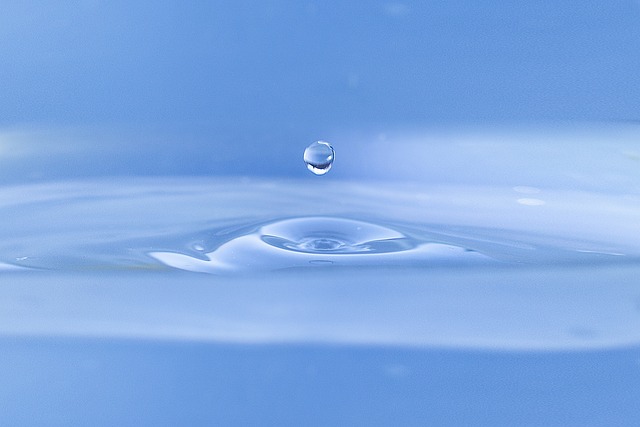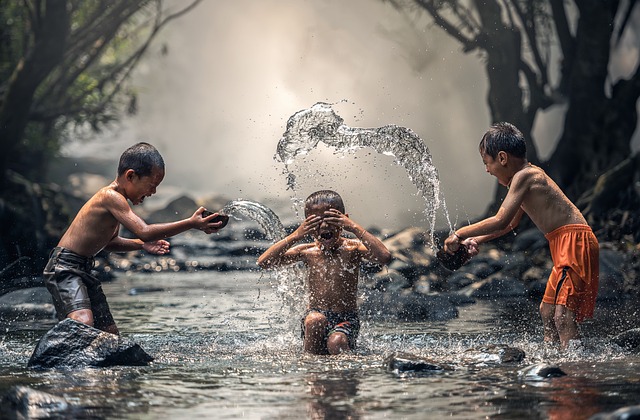From Rain to Rivers: The Journey of Water Through Our Lives
Water, the essence of life, is an unmistakable force that shapes our planet, our ecosystems, and our very existence. From the moment it falls as rain to the vast expanses of rivers and oceans, water is a vital resource and a powerful symbol interwoven with the fabric of human culture and the natural world. This article embarks on a journey through the lifecycle of water—from its atmospheric beginnings to its eventual journey into our lives, touching on the scientific, ecological, and cultural significance of this precious resource.
The Journey Begins: Precipitation
Every journey of water starts in the clouds, suspended high in the atmosphere. The condensation of water vapor forms tiny droplets that coalesce into clouds. When these droplets become heavy enough, they fall to the Earth as precipitation in various forms, such as rain, snow, sleet, and hail. This natural phenomenon is not just a random occurrence; it plays a crucial role in maintaining the Earth’s water balance and supporting ecosystems.
The type of precipitation can vary greatly based on geographic location, season, and climatic conditions. In tropical regions, for example, rain falls with a gentle regularity, fostering the lush greenery of rainforest ecosystems. In contrast, arid regions may experience sporadic rainfall, leading to a dramatic burst of life in an otherwise dry landscape. Snowfall in colder climates serves as a reservoir that feeds rivers and replenishes groundwater during the warmer months.
From Rain to Groundwater: The Infiltration Process
After precipitation reaches the Earth’s surface, several paths are possible. One of the most vital processes is infiltration. Water seeps into the soil, filtering through layers of earth, and replenishing groundwater aquifers. This groundwater is a crucial resource for drinking water, agriculture, and industrial processes, supplying nearly 30% of the world’s drinking water needs.
The infiltration process is influenced by various factors including soil composition, vegetation cover, and landscape features. Clay soils tend to hold water near the surface, while sandy soils allow for faster drainage. Forested areas enhance infiltration through the presence of root systems that create channels in the soil, effectively increasing water absorption. As groundwater replenishes, it moves slowly through the subsurface, leading to the formation of underground rivers and reservoirs.
Surface Water: Streams, Rivers, and Lakes
As rainfall collects, it flows across the landscape to create surface water bodies like streams, rivers, and lakes. This stage of the water cycle is crucial for transporting nutrients and sediments across ecosystems, supporting biodiversity, and providing habitats for a myriad of wildlife. Rivers act as the lifeblood of rural and urban areas, serving a multitude of uses.
Rivers, in particular, have played an essential role in the development of human civilization. Major rivers such as the Nile, the Tigris-Euphrates, and the Indus have been the cradles of ancient civilizations, offering water for domestic use, agriculture, and trade routes. The dynamic nature of rivers—ever-flowing and ever-changing—has inspired countless cultural narratives and artistic expressions.
The Ecological Importance of Waterways
Waterways are not merely conduits for water; they are essential ecosystems that support diverse biological communities. Rivers and streams are home to fish, amphibians, birds, and countless invertebrate species. These organisms rely on clean, flowing water to thrive, and their presence indicates the overall health of the ecosystem.
Wetlands, often found at the confluence of rivers and lakes, play a crucial role in filtering pollutants, providing flood control, and supporting wildlife. As natural sponges, wetlands absorb excess rainwater, mitigating flood risks and ensuring that rivers remain viable during dry periods.
The Role of Human Infrastructure and Management
As populations grow, the demand for freshwater resources increases significantly. Human infrastructure—dams, reservoirs, and irrigation systems—manages the delicate balance of water usage. On one hand, these engineered solutions can provide water for agriculture, industry, and urban development. On the other hand, they disrupt natural water flows, affecting ecosystems and leading to potential consequences such as habitat loss and altered sediment transport.
Effective water management strategies are essential to ensure that both human and ecological needs are met. Sustainable practices such as rainwater harvesting, watershed management, and the restoration of natural water bodies can enhance the resilience of ecosystems while providing meaningful water sources for communities.
The Human Connection to Water
Water is not just essential for survival; it is deeply intertwined with cultural identity and practices. From rituals and ceremonies to everyday usage, water has a significant presence in our lives. Many religious traditions celebrate water as a sacred element, symbolizing purity, life, and cleansing.
Moreover, water bodies have historically served as centers for community life. Rivers have functioned as meeting points for trade, communication, and recreation. Festivals often revolve around water, celebrating its importance in agriculture, fishing, and spirituality.
The Future of Water: Challenges and Solutions
The journey of water through our lives faces numerous challenges in the contemporary world. Climate change has led to erratic rainfall patterns, increased temperatures, and extreme weather events, resulting in drought and flooding. Pollution, primarily from agricultural runoff, industrial discharges, and urban waste, threatens the quality of freshwater resources, creating health risks and biodiversity loss.
Addressing these challenges requires a collective and concerted effort spanning governments, communities, and industries. Innovative solutions such as sustainable agricultural practices, pollution control technologies, and community-led conservation initiatives are vital in mitigating the effects of water stress and ensuring a secure water future.
Conclusion: A Call to Action
The journey of water—through rain, to rivers, into ecosystems, and ultimately into our lives—is a complex interplay of natural systems and human activities. Understanding this journey fosters a deeper appreciation for this precious resource and underscores its importance in sustaining life on Earth.
As stewards of the planet, it is our responsibility to protect and conserve our water resources. By adopting sustainable practices, advocating for policies that prioritize ecological health, and educating ourselves and others about water conservation, we can ensure that the journey of water continues for generations to come. The story of water is one of connection, resilience, and stewardship—one that echoes through the valleys and rivers of our lives.



